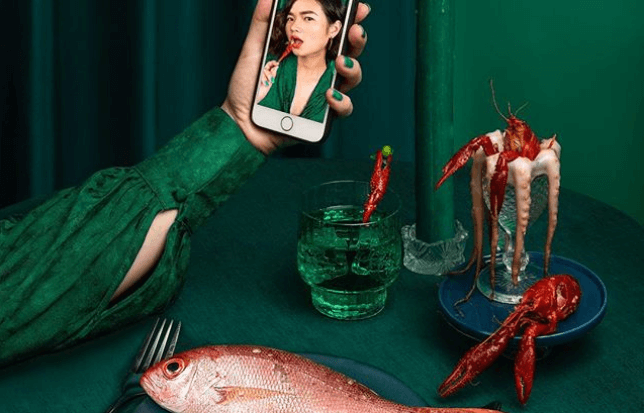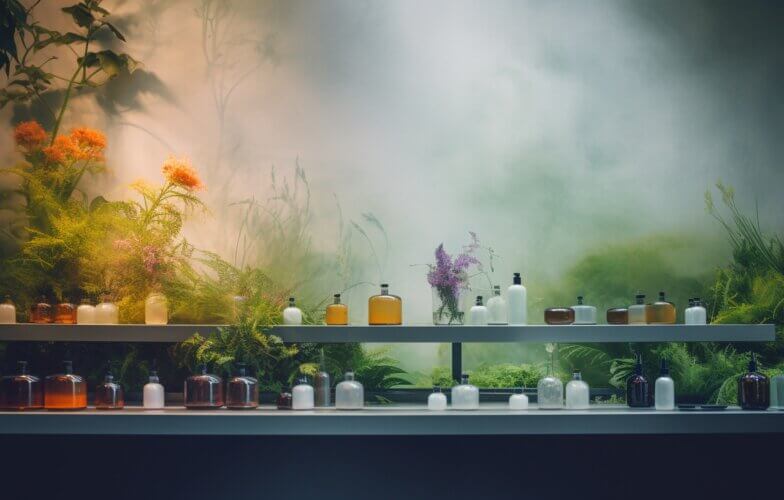
Social Media Wellbeing
DecodingsThe fact that a cohort of new consumers is more realistic about the effects of social media culture has led key platforms to reinvent themselves and adopt more right-minded approach.
The 2010s were bonanza years for social platforms, used by 40% of the world’s population (e.g. 2.4 billion users on Facebook and 1 billion on WeChat).
Consumers saw social networks as symbolizing horizontality and, at least in Western countries, as an unprecedented way to challenge restrictive conventions. From the brands’ perspective, these platforms epitomized the prevalence of emotion, a major factor in user engagement strategies.
The backlash
In early 2018, a report based on the findings of Origin, the in-house research arm of the marketing and communications agency Hill Holliday, showed that “the tide is turning for some platforms”. According to this study, 34% of Gen Z-ers said they were permanently quitting social media, 35% that there is too much negativity and 29% that social media has hurt their self-esteem or made them feel insecure.
A number of press articles have also alerted public opinion. The first sentence in an article in The New York Times (“A Better Internet Is Waiting for Us“, November 2019) was: “Social media is broken”. Not surprisingly, prominent academics worldwide are also exploring this subject, covered by Siva Vaidhyanathan, professor of Media Studies at the University of Virginia,in his book “Antisocial Media – How Facebook Disconnects Us and Undermines Democracy“.
Among users, there is more than a whiff of rebellion. The Lausanne-based marketing and communications company Antipod has reported that “as of November 2018, the hashtag #basicon Instagram had been used on over 4.5 million images to signal something over-saturated or ordinary.”
Elsewhere on the Web, one finds “Welcome to Airspace– How Silicon Valley helps spread the same sterile aesthetic across the world” by writer Kyle Chayka. He calls the “strange geography created by technology” AirSpace and says “it’s the realm of coffee shops, startup offices and co-live/work spaces that share the same hallmarks wherever you go.” In a revolt against the monotony of self-censured primary accounts, secondary “Finsta” accounts (fake + Instagram) – more private spaces on which users post more freely for those close to them – are booming. The “no fake” ethic has also given rise to Welcome to Reality (@Celeb Face) with its 1.3 million followers). According to an article in dazeddigital.com, the latter has become “notorious for its scathing posts, unmasking the cosmetic and photoshopped secrets of the rich and famous.” In addition, Insta Repeat (357,000 followers) “showcases collages of images from different photographers that are nearly identical. With so much content flowing through the veins of the internet and social media, repetition seems to have programmed most people to create what they already know is visually appealing. In short, there seems to be a lot of copycatting, whether intentional or subconscious” (resourcemagonline.com).
Even digital artists have also gotten into the act. Photographer John Rankin Waddell , a.k.a. Rankin, did portraits of 15 British teens and asked them to make them “social media ready”. Seeing the extent to which all of the teens altered their images, he concluded: ““It’s time to acknowledge the damaging effects that social media has on people’s self-image.” Another digital artist, Francesco Vullo discussed his objectives in an interview with vice.com. One aim is to “show the negative side of social networks”, drolly expressed in his “Selfie Lips”or his sculpture “The Son of Web“.
From Social to Slow Media
In response to this context and criticism of social networks, especially Facebook and Instagram (cf. NellyRodi’s report “After Instagram”), various responses are emerging, often inspired by the concept of the #slow life.
Features to remind users how long they’ve been on a particular app are being introduced (e.g. YouTube’s “Take A Break” feature). Facebook has introduced its “Online Wellbeing” page as well as a filter for hate speech, noting however that its technology still only captured 38% of the latter in Q1 2018. However, these measures were not enough to spawn a new age of social media and stronger measures are being taken.
On May 15, 2018, for the first time, Facebook published figures revealing better consideration of messages of hate and violence – 2.5 million speeches and graphic violence suppressed – and a year later, Instagram, reacting to the The “Snapchat Dysmorphia” phenomenon announced that it wanted to remove “all the filters associated with cosmetic surgery” (Plastica and Fix Me in mind) and reassess its wellness policies.
In parallel, we can expect a major shift in the “like” culture. In April of 2019, Instagram began testing a new feature that would hide the “like” counter in Canada and subsequently other countries as well. The idea was to eliminate excessive competition and get users concentrating on content and not the number of likes.
In contrast to the New Times’ mocking brief “The Existential Void of the Pop-up Experience” about the American Instagram museums that have flourished in recent years, society seems to return to what is “real”.
How did HBO become a benchmark? How did Brut earn 200,000 likes on Facebook after 4 months of existence?
As online behaviors mature – 54% of internet users are more vigilant on social networks than before, according to Hootsuit – this relational dynamic is expanding and includes, on the social media scale, that users need an immutable time to learn, learn, bond, desire and develop meaningful interactions.
Cover: Love Your Selfie – Jessica Walsh



